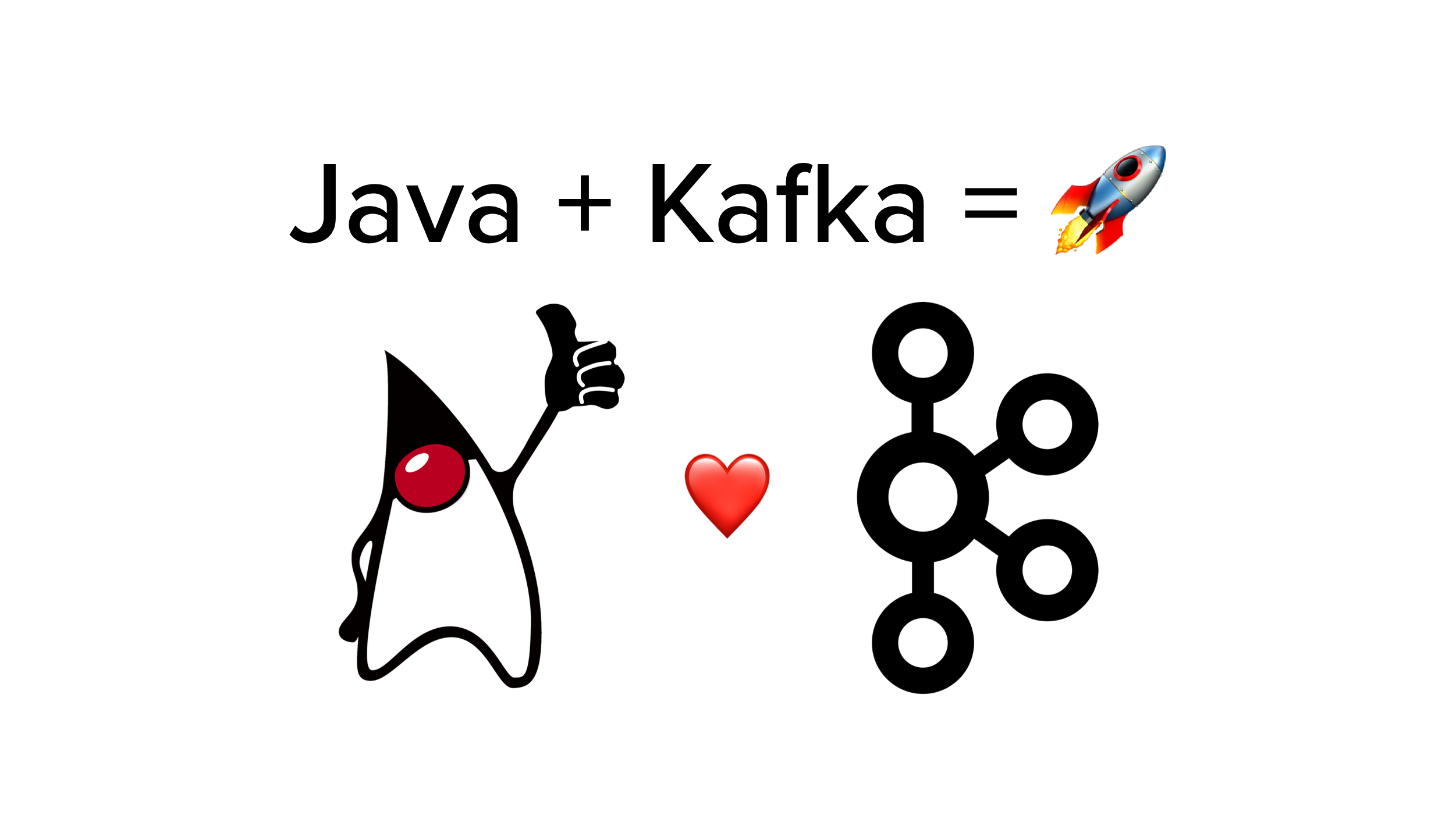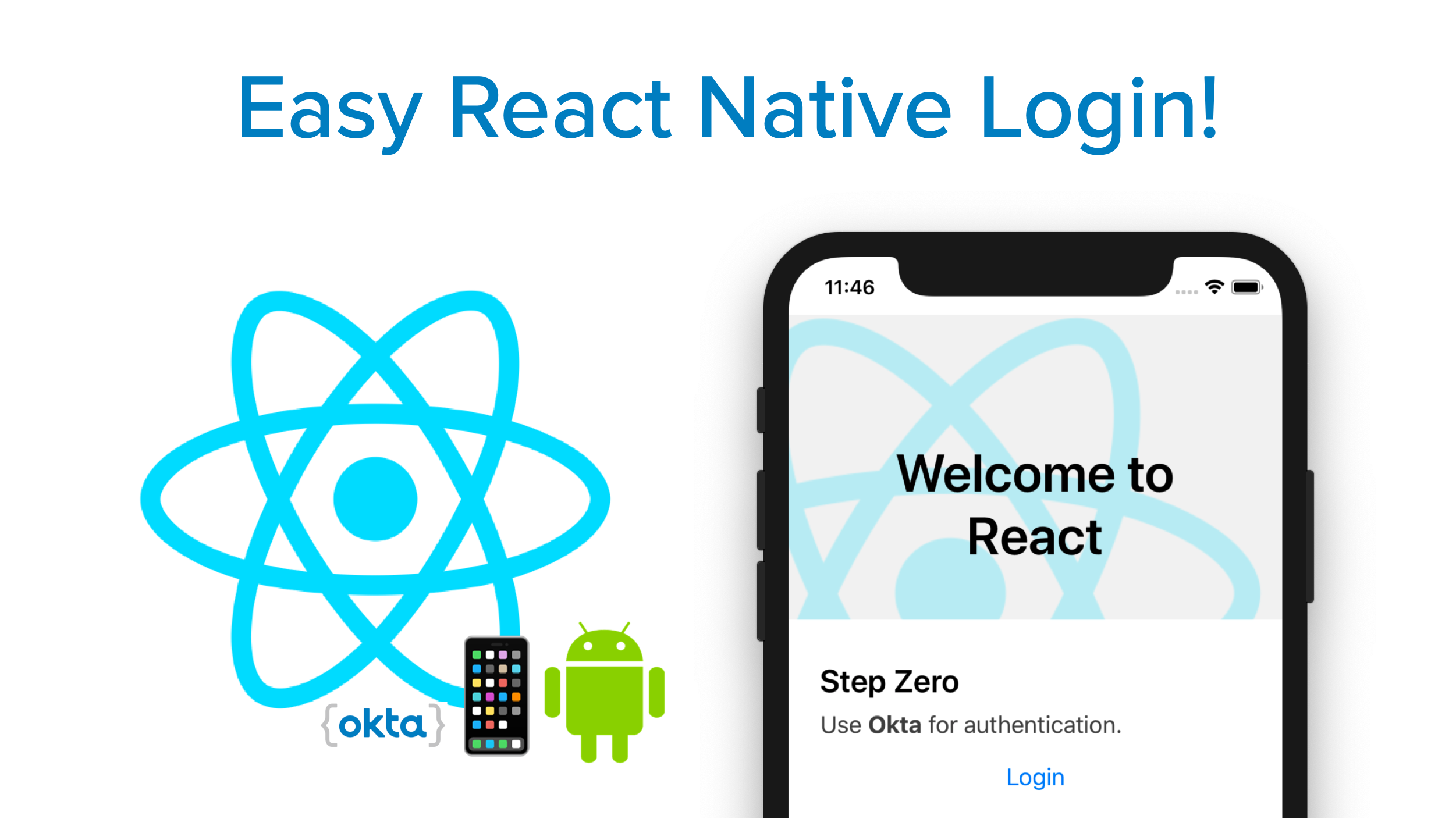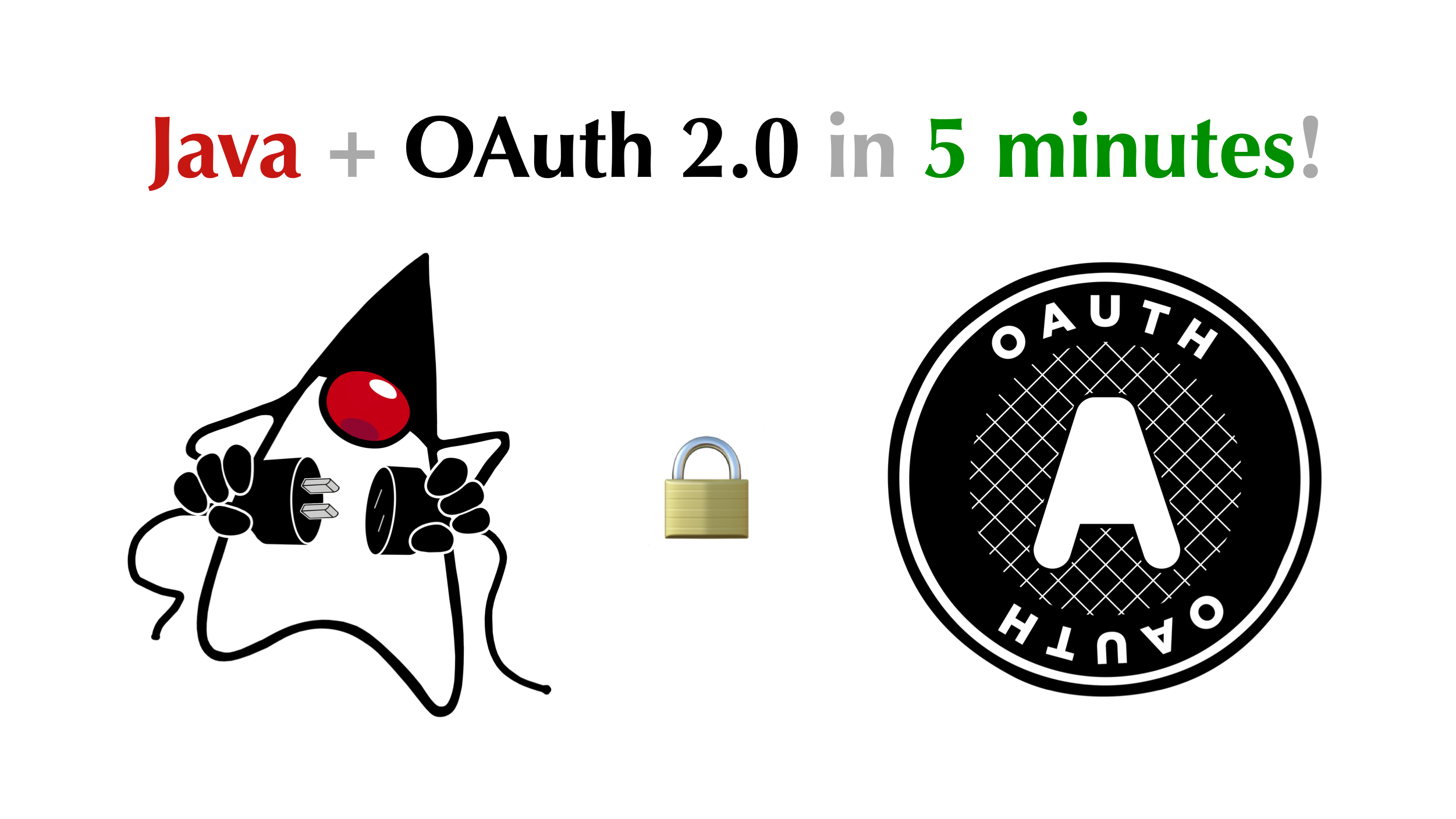Kafka with Java: Build a Secure, Scalable Messaging App

Today’s users expect your app to be accessible from their computer, mobile phone, tablet, or any other device! This transition to Software as a Service (SaaS) as the norm requires developers to effectively integrate with robust tools that scale to handle thousands (or even millions) of requests every second. Apache Kafka is one of the most effective tools for handling those high throughput environments. In this tutorial, you’ll learn the basic concepts behind Apache Kafka...
ASP.NET Core 3.0 MVC Secure Authentication

On September 23rd, Microsoft announced the third major release of its .NET Core framework. This new release boasts better performance, support for Windows Desktop apps, improved support for Docker containers, and more. Naturally, I was excited to see this new release and get authentication hooked into it with Okta! I put together this tutorial to demonstrate how to quickly and securely set up user management with Okta and OIDC (OpenID Connect) in an ASP.NET Core...
Create a React Native App with Login in 10 Minutes

React Native is a mobile app development framework that allows you to use React to build native iOS and Android mobile apps. Instead of using a web view and rendering HTML and JavaScript, it converts React components to native platform components. This means you can use React Native in your existing Android and iOS projects, or you can create a whole new app from scratch. In this post, I’ll show you how to add a...
Build a Simple Microservice with C# Azure Functions

I’ve always liked microservices because they embrace small, well-encapsulated building blocks. They mitigate deployment hell by treating each component of a software system as its own product, with versions, testing, and releases. A microservice is “micro” because of the narrow scope of its functionality, not necessarily because the length of its code is very short. A microservice’s functionality, so long as it’s kept to the limited scope, can go as deep as required by the...
Use Vue and GraphQL to Build a Secure App

When you develop a new web application, you most likely split the application into two parts. The server-side provides access control and data persistence, while the client-side is mostly presentational. The two parts have to communicate, and your first idea may be to implement a REST API. However, a number of flaws have been identified with the RESTful pattern, mostly related to the flexibility and speed of the request-response pattern. At Facebook, these problems were...
Get Started with Koa.js for Node Applications

Ever since JavaScript made its giant leap from frontend to backend more than 10 years ago, Express has been the go-to library for writing server-side javascript and virtually synonymous with Node.js. It was (and in many aspects it still is) a modern and simple approach backend APIs. Declarative tree-like structure of routes, native support for middleware, asynchronous request processing and a miniature memory footprint all make Express very robust for a backend. As good as...
Get Started with Jetty, Java, and OAuth
Build a .NET App Quickly with Docker

In this post, you’ll build a .Net Framework application with Visual Studio on Windows 10. You’ll then containerize your application so it can be reliably deployed and run on any instance of Docker for Windows. Since containers share the host operating system, you can only run containers compatible with your host operating system kernel. For Linux based applications, practically all versions of Linux share the same kernel, so as long as you’ve installed Docker, you’re...
OAuth 2.0 Java Guide: Secure Your App in 5 Minutes

Modern applications rely on user authentication, but it can present Java developers with a difficult challenge, as well as a range of framework-specific options to choose from. We have seen many Spring developers start with a simple, home-grown authentication service they plan to replace “later” with a more robust option… only for that homegrown service to bikeshed its way to a permanent place in the stack. To end this cycle of heartbreak, this post will...
Simple, Secure Authentication with CodeIgniter

CodeIgniter is a simple, lightweight PHP framework that remains a popular option for many developers. It might lack the sophisticated architecture and advanced features of Symfony or Laravel, but it compensates with a small footprint and a shallow learning curve. In this tutorial, I will show you how to build a simple application for creating/viewing news items. We will extend the standard CodeIgniter tutorial to add user authentication to the application, require a logged-in user...
